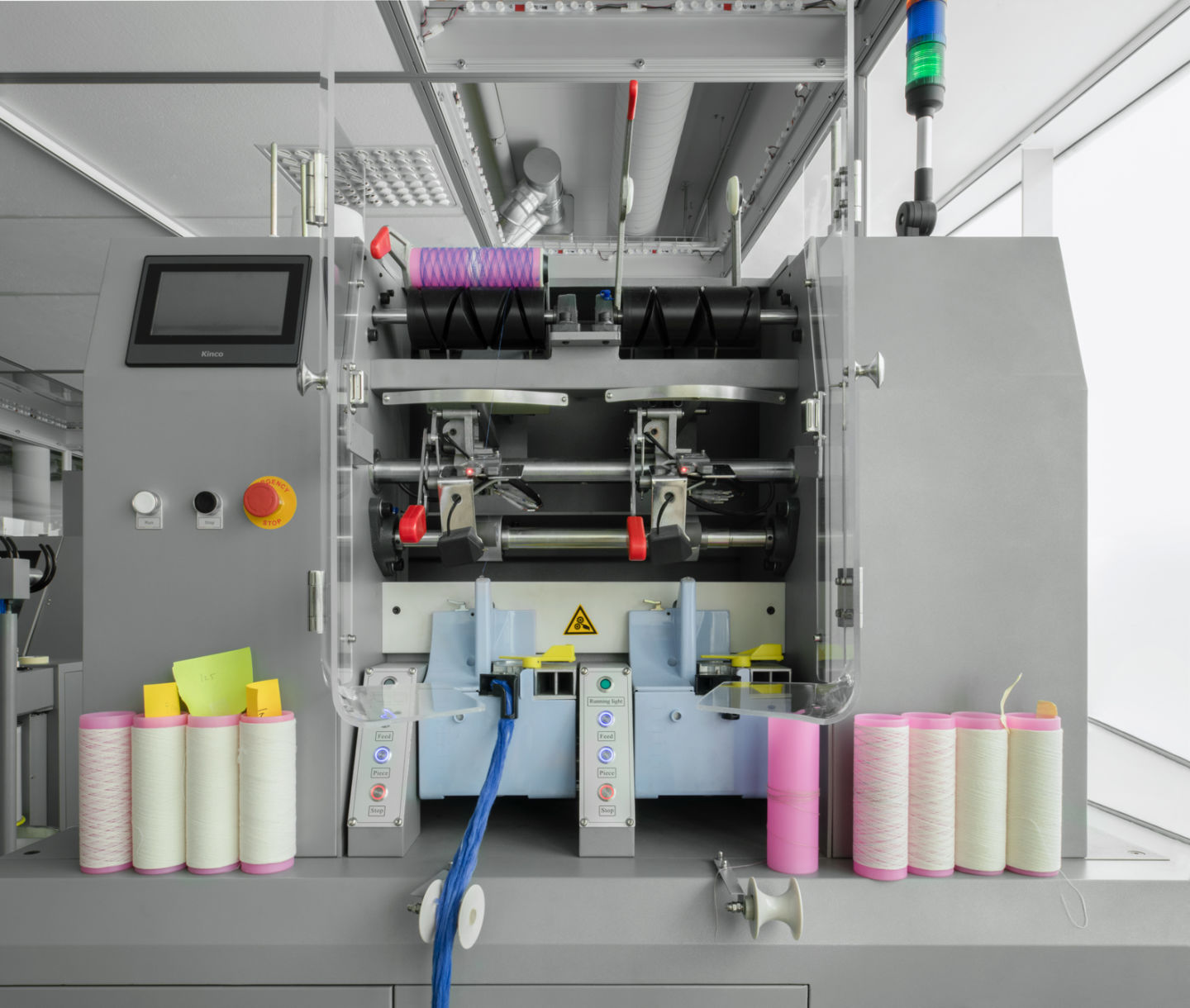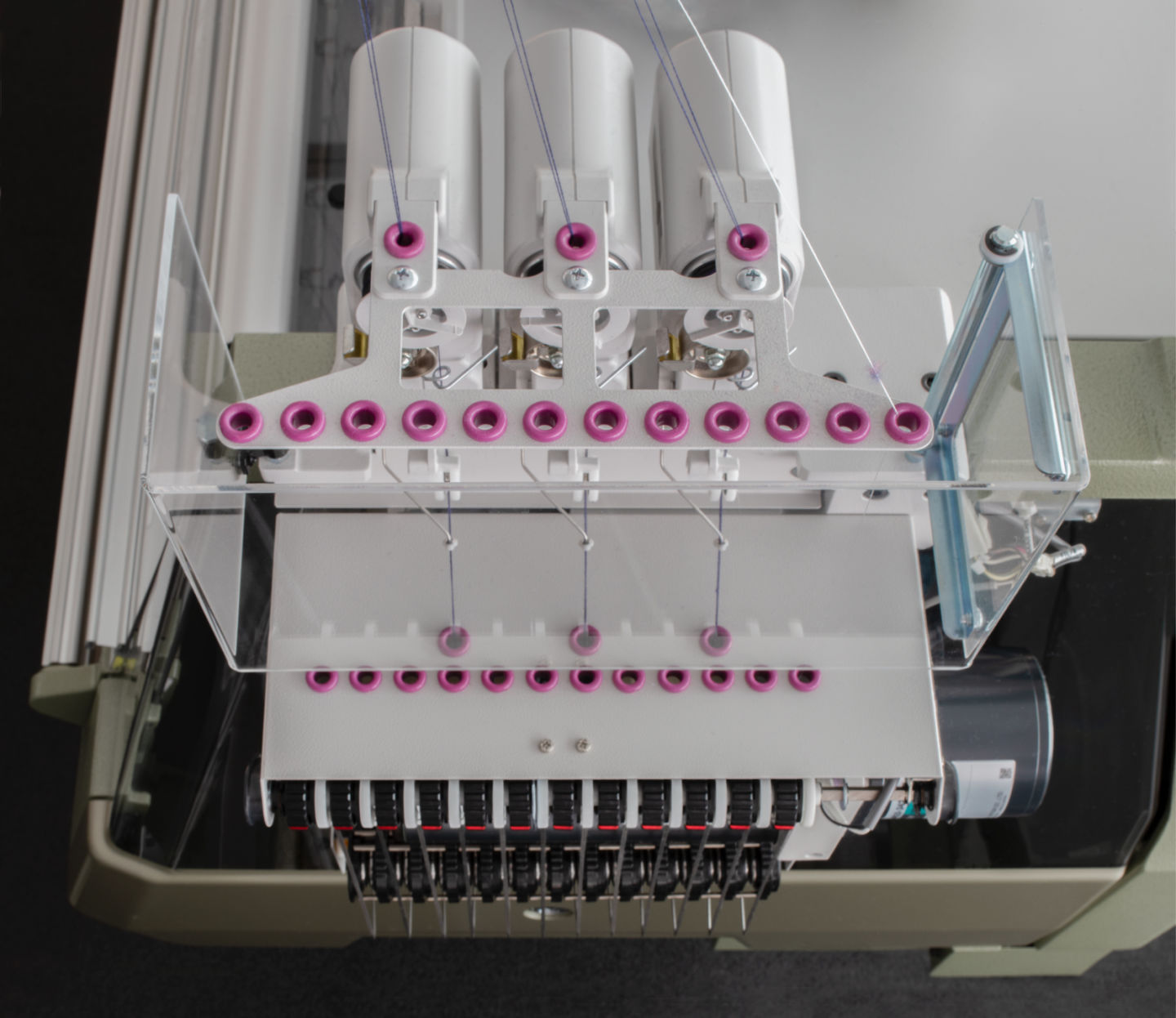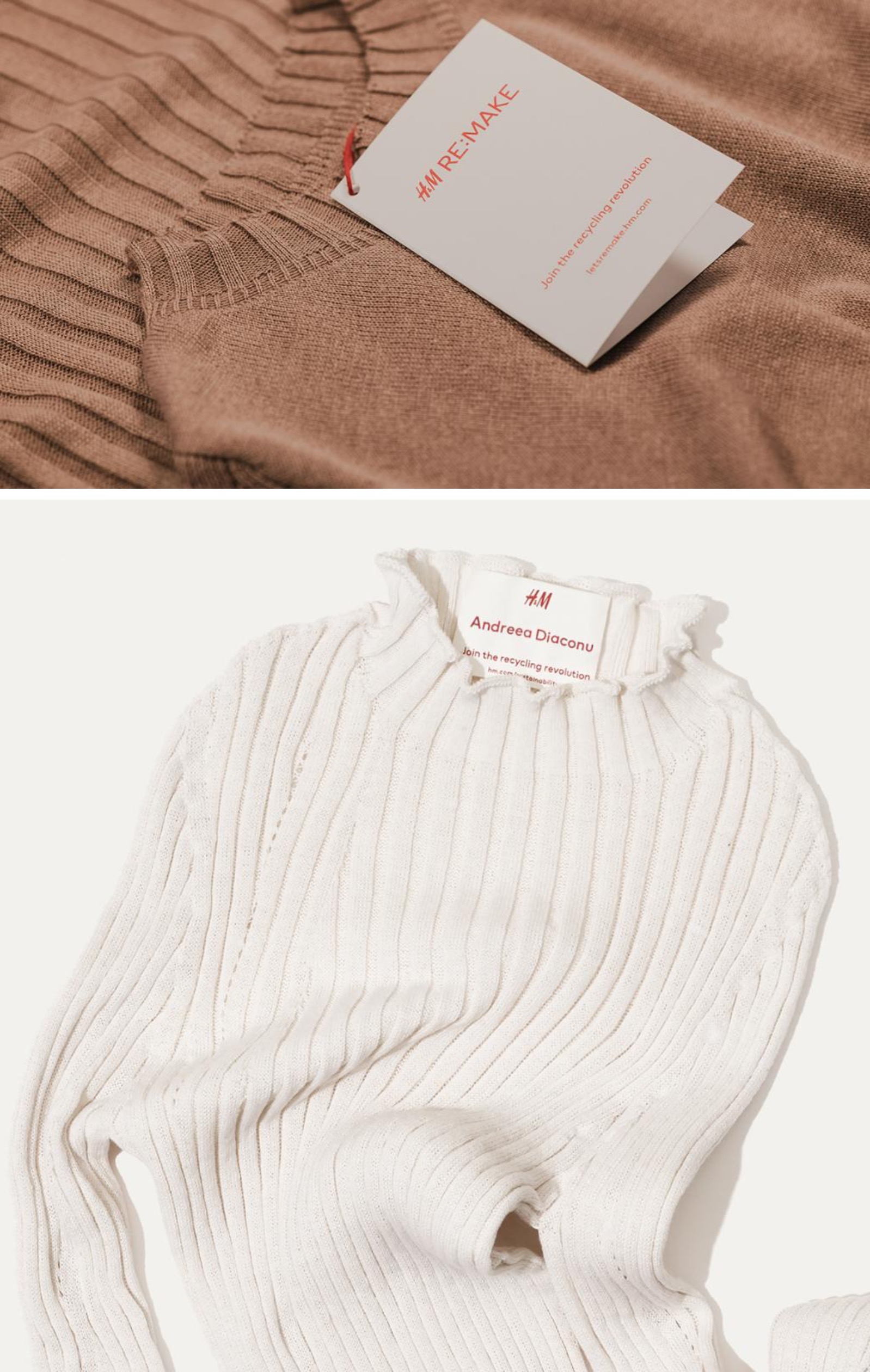
- Sustainable Planet -
- 5mins -
- 1,321 views
World’s First In-Store Recycling Machine Turns Old Clothes into New Garments
H&M, one of Europe’s largest and most popular labels, has installed the world’s first combination shredder and knitter of old clothes in their Stockholm store to directly tackle the problem of fashion recycling.
Looop: the world’s first in-store recycling system turning old garments into new ones
The problem with fashion recycling has been that it is somewhat behind other material recycling processes in terms of technology. However, that’s all about to change as one of Europe’s largest and most popular labels, H&M, has established the world’s first in-store combination shredder, spinner and knitter of old clothes into new garments, to proactively tackle the issue of fashion recycling.
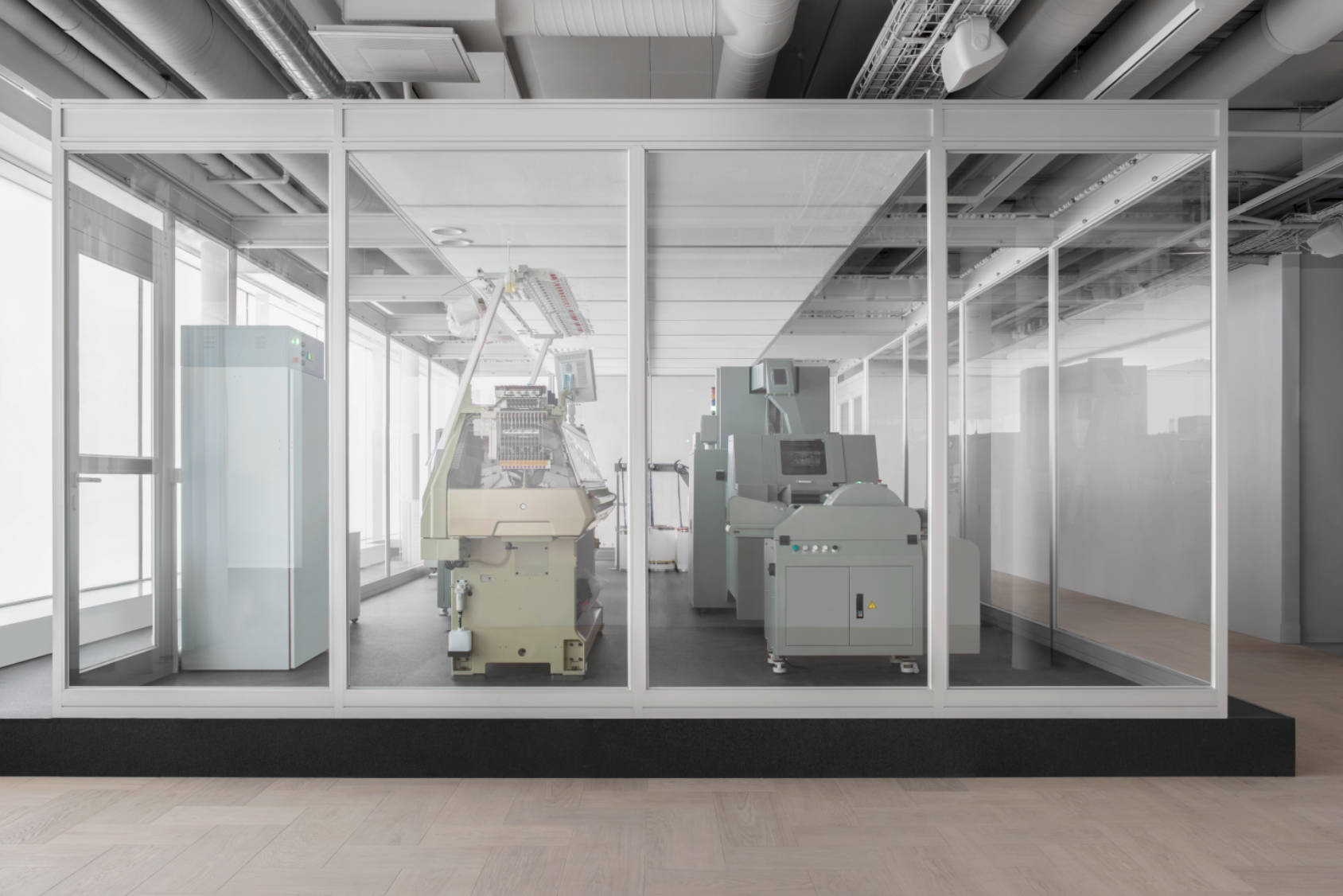
Looop is the world’s first in-store recycling system turning old garments into new ones
To fight climate change, we need to change fashion, say H&M, one of Europe’s largest and most popular clothing labels. One way of doing this is circular solutions. If we use, for example, a recycled cotton shirt to make a new shirt, there’s no need to grow more cotton. We can just use what’s already been produced. That’s circular fashion. And that’s what Looop is all about.
In just eight steps, Looop shreds your old garment and knits a new one from the old fibres. No water, no dye. The only thing added is some sustainably sourced material to strengthen the yarn. This has to be done since the mechanical shredding shortens the fibres of your old garment. And, of course, H&M want your new garment to be loved and reloved for as long as possible.
The technology behind Looop has been developed by The Hong Kong Research Institute of Textiles and Apparel (HKRITA) in collaboration with the non-profit H&M Foundation. Right now, Looop is the only in-store recycling machine, but HKRITA will licence the technology widely to help the entire industry become more circular. This is important, because to create real change all brands need access to technologies like Looop.
The launch of Looop isn’t just a glimpse of fashion’s future. It’s a reminder to treat all clothes as a resource. Nothing is too tattered or torn to be recycled — and no clothes should ever end up in the trash. Recycling is also super-important for circular fashion to work. Unless people bring their old garments back into the system, there’d be no clothes to make new ones.
H&M have had a global garment collecting program in place since 2013. You can recycle any clothes or textiles from any brand in any of their stores. With Looop, they’re taking the next step in what they hope is the start of a recycling revolution.
Looop is installed at Drottninggatan 56 in Stockholm, Sweden. If you can’t make it to the store in person, just head to @looop on Twitter to learn more about the recycling revolution.
Source: H&M
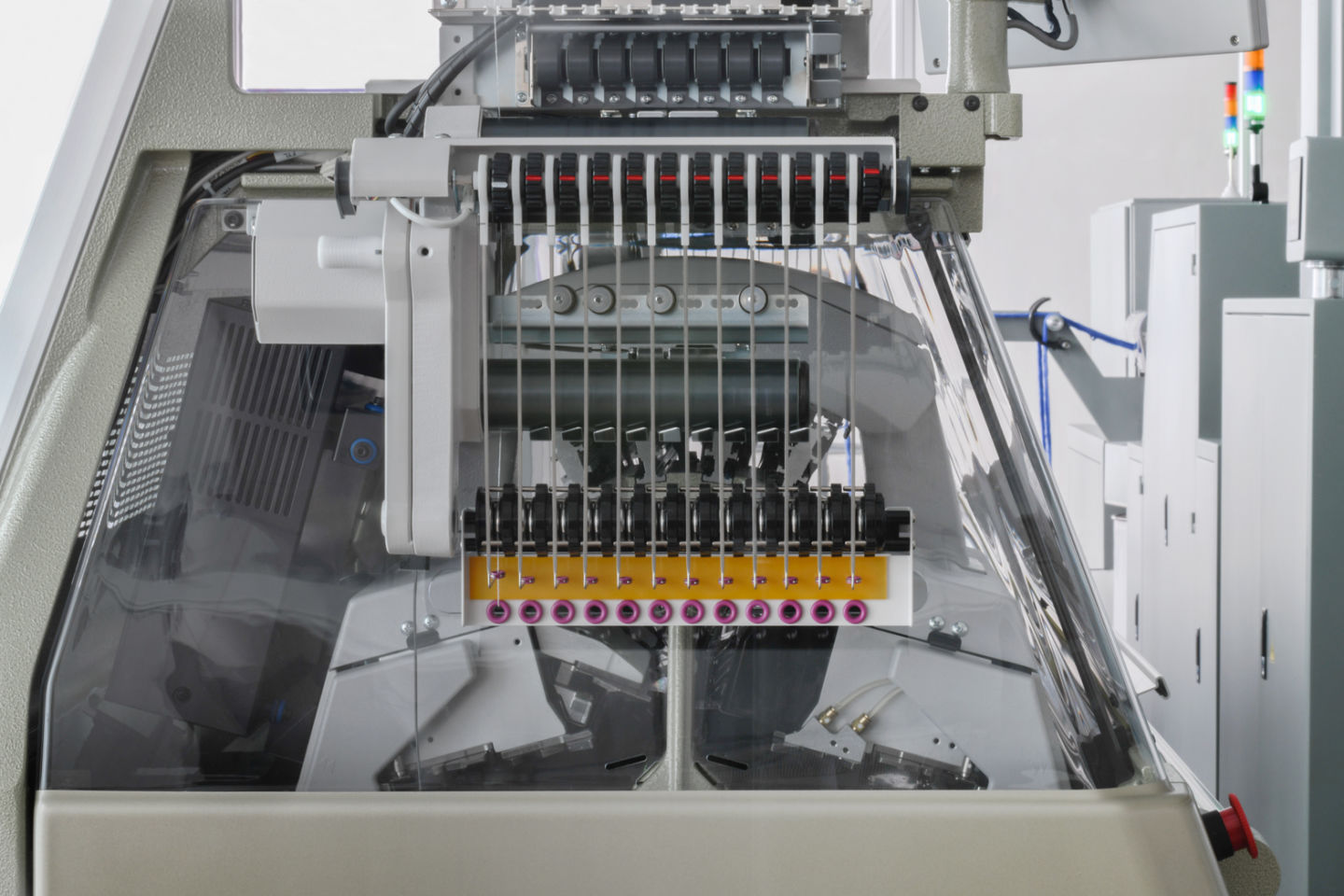
A run-through of the eight steps turning old garments into new:
1. Cleaning: First, your old garment is sprayed with ozone to remove any microorganisms.
2. Shredding: The garment is then shredded down into small chunks of fabric fibres.
3. Filtering: Shredded chunks are filtered to remove dirt, and extra virgin material is added for strength.
4. Carding: The clean fibre mix is straightened into a fiber web and then pulled into slivers.
5. Drawing: Multiple fibre slivers are combined to create even stronger, thicker slivers.
6. Spinning: The thick fibre slivers are spun to create a single yarn thread.
7. Twisting: Single yarn threads are doubled and twisted together to increase their strength.
8. Knitting: The yarn is then knitted into a new, ready-to-wear design.

